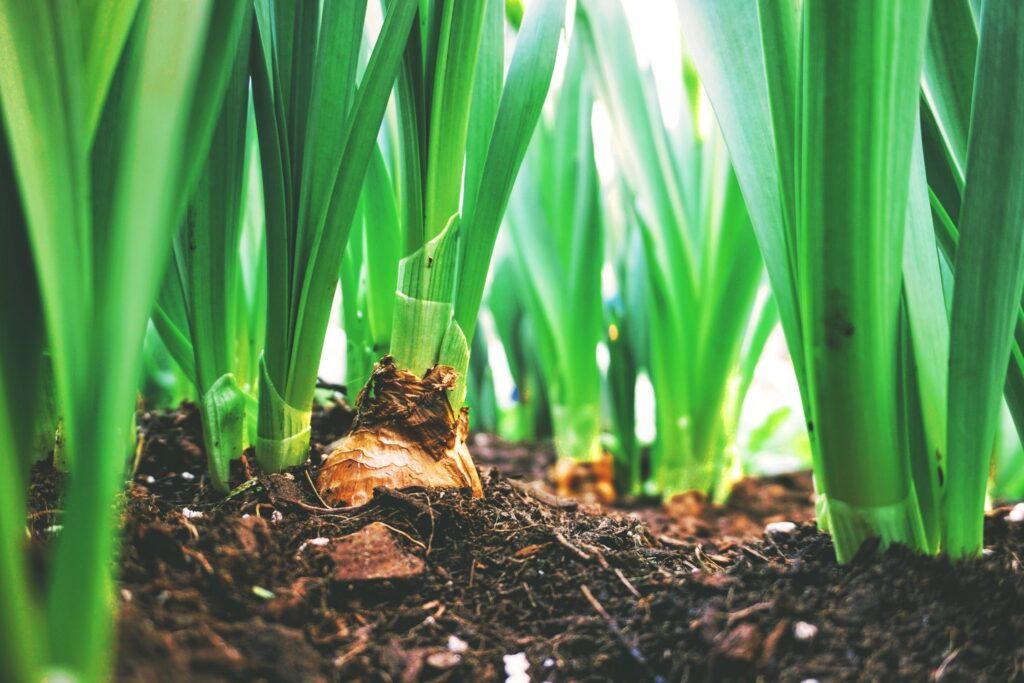The agricultural industry has wholeheartedly embraced drone technology, and is transforming modern farming.
High-tech drones are increasing efficiency in many areas in farming. This is true whether it is crop monitoring, planting, livestock management, crop spraying, irrigation mapping, etc.
Precision Agriculture
Precision agriculture has come to reality partly because of drone technology. Real-time crop and livestock data makes it possible for farm management to observe, measure, and take action based on detailed and accurate information. This takes guesswork out of the equation in modern farming. Rather, it enables farmers to maximize their yields and operate the organizations more effectively, as well as increasing the production of crops.
Drones have become fairly common-place in the farming community, not only because they are so effective, efficient, quick, but also inexpensive, which is especially true in the last few years.
The agricultural drone market is estimated to grow over 38% in coming years.* With the ever growing population and its need for more food, modern technology–including drone technology–will only become that much more critical to the agricultural industry.
Some of the factors that influence the success of farming today are access to water, wind, soil quality, nutrient levels of crops, weeds, insects, and changing/inconsistent climate, and thus variable growing seasons.
As a result, farmers are turning to high-level drone technology to help remedy these problems, and provide fast and efficient solutions.
Drone Technology
Drone technology has come a long ways in just a few years so that now drones are equipped with technology, such as the following:
- Propulsion system.
- Infrared cameras.
- GPS and navigation systems.
- Programmable controllers.
- Automated flight planning.
- Custom-made data processing software which enables any collected information that can be utilized instantly towards better management decisions.*
Drones, equipped with thermal imaging cameras, make it possible for a single pilot to manage and monitor livestock that enables farmers to keep track of livestock more frequently, which reduces staff and time.
A drone operator is able to keep track of a herd of cattle at all times to make sure there are no injuries, or livestock which are giving birth, or which are missing. In addition, thermal imaging makes it possible to keep an eye out for livestock predators.
Whether the need is to check for soil quality, weeds, spot treating plants, managing livestock, determining land distribution based on crop type, and current crop life-cycle monitoring, the overall health of the crop or monitoring specific health issues, etc., high-tech drones can do the job and do it efficiently, quickly, and inexpensively.
Drones then can help to maximize land and resource usage, and help farmers better determine crop planting locations.
Future
By implementing drone technology, farms and agriculture businesses can provide detailed, reliable data, improve crop yields, and save time, which will streamline business and contribute significantly to the success of any farm and/or agricultural business.



